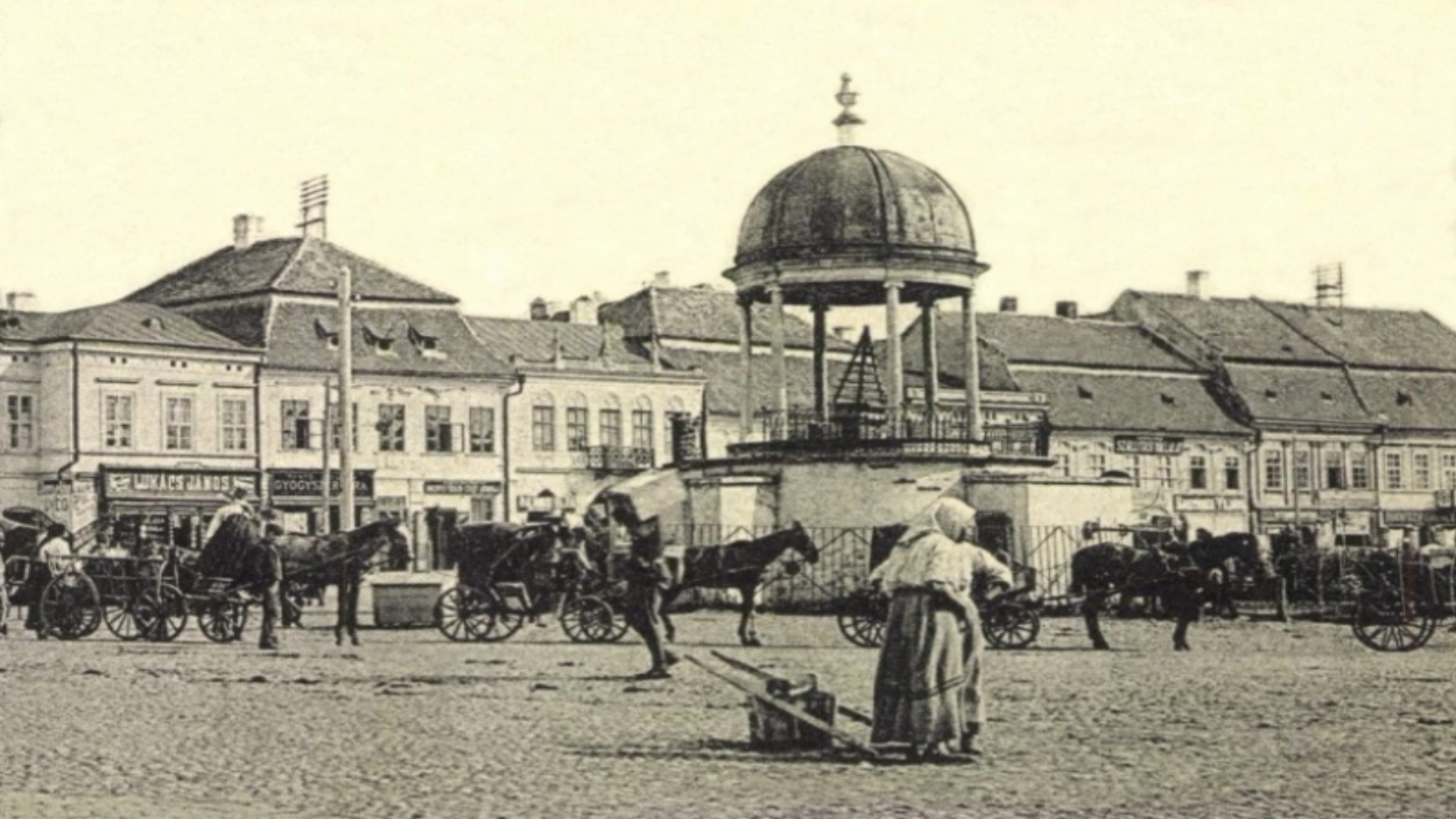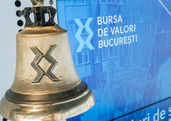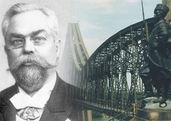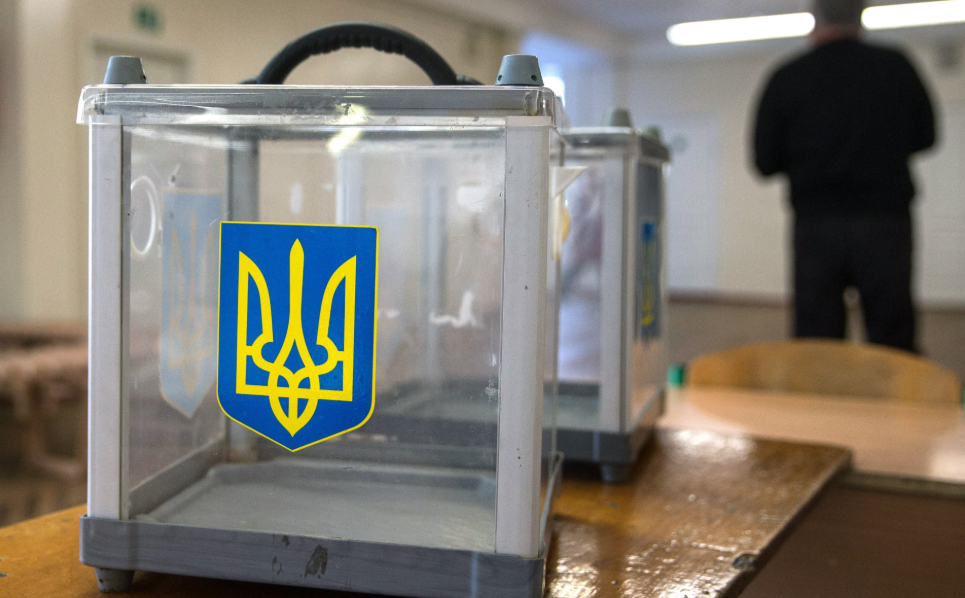A row of blocks of flats on a fairly short street, which ends somewhere near the railway that crosses the municipality of central Targu Mures, discreetly bears the name of Bodor Peter, the inventor of the first musical fountain in the world, built in 1822 and demolished in 1911, when the water supply network was introduced.
About Bodor Peter, born in Sangeorgiu de Padure, most likely on June 22, 1788, quite a bit was said, but his personality started to come back more and more in the news after the museum dedicated to Claudia Rhedey, the great-great-great-grandmother of King Charles III opened in the inventor's hometown, inaugurated an exhibition that presents his extraordinary and thrilling life.
In this museum we learn that Bodor Peter worked as a gardener for Count Jozsef Toldalagi, then studied mechanical engineering at the Technical University of Vienna, perfecting himself in watchmaking and locksmithing.
Among his creations is an ornamental garden with wind harps, after which, in Targu Mures, in the yard of his house, he established an amusement park with swings, carousels, a slide and other structures like the parks of today.
In 1818, Bodor Peter built the old bridge over the Mures river, 8 meters wide and 63 meters long, made entirely of wood, without iron nails, which was used until 1900, when it was replaced by a structure of iron, and his most important work is by far the Musical Fountain in Targu Mures, built in 1922, 12 meters high, considered the first of its kind in the world.
The museum in Sangeorgiu de Padure also reveals that this fountain sang so loudly that it could be heard in the surrounding villages within a radius of 10 kilometers, and at its top was the statue of Apollo, which, within 24 hours, it rotated around its own axis indicating the exact time.
The British publication Edinburgh Review says that the basin of the fountain had the volume of 3,000 buckets of water, and 400 kilograms of copper were used for the construction of the dome. In the dome there was a mechanism, an organ, which generated melodies of Turkish origin. This organ was put into operation by the cylinders of a clock.
The museographers at the Rhedey Castle also say that the well had water permanently, being fed through a 300-meter-long oak pipe, also built by Bodor Peter, and the water that fell forcefully due to the difference in level of about 15 meters he trained the mechanism and thus the fountain sang rhythmically for 6 hours.
A faithful replica of this singing fountain exists, since 1936, on Margareta Island in Budapest.AGERPRES
































Comentează